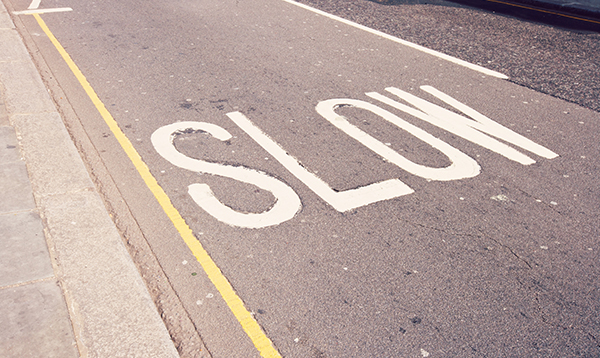The UK launched into National Road Safety Week 2017 on Monday 20th November, highlighting the importance of safe and considerate driving. The campaign is well timed as we draw into winter and the weather makes road surfaces more treacherous.
However, for a transport and logistics company like Relay, undertaking numerous nationwide deliveries and collections of heavy high tech equipment on a daily basis, road safety is a major year-round priority. We ensure that our driver training is a rigorous and continual process to meet today’s demanding road conditions.

Streetwise Safety
The urban environment can be particularly rife with potential hazards and those driving large goods vehicles have to be exceptionally skilled in navigating busy thoroughfares and narrow congested streets without incident. Relay’s LGV drivers undertake an annual Safe Urban Driving Course as part of their CPC (Certificate of Professional Competence) requirements.
Operations Director Tom McMahon explained that Relay’s driver training aims to promote good and safe driving styles in all areas, including eliminating unnecessary harsh braking and improving observation skills. “Our Safe Urban Driving Courses are designed to encourage drivers to show empathy with other road users whilst in an urban setting. Particular consideration is paid to vehicle blind spots and the effect these can have on vulnerable road users such as pedestrians and cyclists.”
Training the Trainers
Relay’s experienced in-house trainers all undertake the approved RoSPA (Royal Society for the Prevention of Accidents) course for driving assessors, which teaches delegates how to effectively evaluate drivers within their organisation. By the end of the course, which includes taking an Occupational Advanced Driving Test, RoSPA states that participants will be able to show proficiency in:
- Fault recognition
- Fault analysis
- Approach and manner
- Communication skills
- Control of session
- Feedback
Relay trainers regularly assess driver skills by analysing driving performance data and taking in any feedback from other road users. Those needing to improve particular aspects of their driving will then receive all the training and support they require.